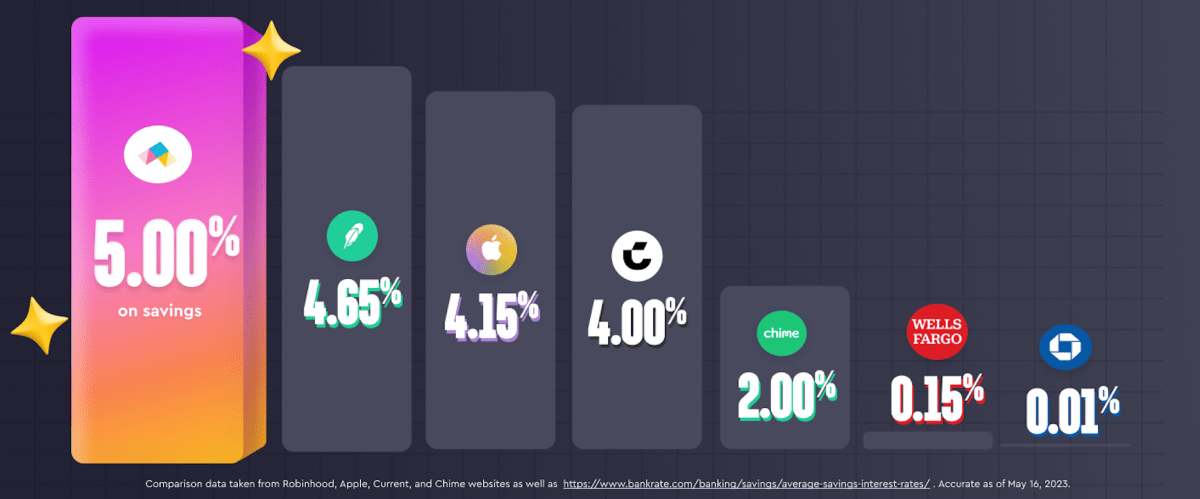Cover for Crypto PoW: Dirtier, but more secure
The blockchain industry has voted with its feet, and Bitcoin-style mining for cryptocurrency has largely been relegated to the scrap heap of history, at least for new chains.
Bitcoin, the first and largest blockchain, uses mining – also known as proof-of-work (PoW) – as its consensus mechanism, meaning the way the blockchain is secured, new information is added to it and new bitcoins are distributed. Other major blockchains that use similar mechanisms include Bitcoin Cash, Litecoin, memecoin Dogecoin and the privacy coin Monero.
Mining has received a lot of bad press in recent years, and not without reason. First, it uses a huge amount of power.
See also: Crypto Basics Series: What is a consensus mechanism and why is it destroying the planet?
For another, it doesn’t scale very well. With new information added only every 10 minutes, Bitcoin tops out at four or five transactions per second (TPS). Not nearly enough for a modern payment system looking to compete with Visa’s current maximum of 65,000 TPS.
Which are the two main reasons why the No. 2 blockchain, Ethereum, is scheduled to begin switching from PoW to the far more environmentally friendly proof-of-stake (PoS) Ethereum 2.0 in the culmination of a year-long development process.
And yet, many still believe that PoW is the best solution, especially for payment cryptocurrencies that are mainly used as payment currency – more secure and decentralized than PoS and able to increase speed by using Layer2 blockchains such as the Lightning Network.
Related: Today in Crypto: Lightning Network Payments Volume Increases 400% This Year
So, here’s the case for PoW.
Safety first
The argument for PoW begins with the security of the blockchain baked into its consensus mechanism.
Basically, it’s a race to solve a math puzzle, with more computing power giving you a better chance of coming first. Even down about 70% from the all-time high, $20,000 in bitcoins means $125,000 is being given away every 10 minutes. As a result, the computing power is poured into the race using almost as much power as it is used annually of Pakistan.
Unlike mining, proof-of-stake uses validators that essentially set a bar for good behavior, which is cut for poor work quality or dishonest behavior. Validators are chosen randomly, but in line with the size of their stake. So the more crypto you can afford to unlock as stake, the more you earn.
The argument that PoW is safer begins with the cost of launching a 51% attack that would allow a bad actor to gain control of the blockchain and double spend tokens. You need to get 51% of all computing power to attack a well-established PoW blockchain. On a PoS blockchain you need 51% of the funds deposited.
In both cases, security depends on the maturity of the blockchain, the number of people either mining or staking. But the argument goes, mining requires something outside the blockchain itself, an external source that cannot be hacked. Proof-of-stake validation has a far lower barrier to entry, although large blockchains make it high enough that funding attacks are impossible.
Also, bitcoin advocates point out that much of the energy now used by bitcoin miners is renewable — especially since China kicked out the miners by using their horribly polluting old coal-fired plants.
Then there’s the simplest argument: Bitcoin’s PoW security has stood the test of time Proof of stake, especially at scale, is much more recent.
Centralization
Especially on smaller chains, it is too easy for validators to build larger empires, especially since PoS staking generally involves letting other investors lend their tokens to a validator to increase their stake and the amount of control they have.
However, the flip side of this argument is that the cost of bitcoin mining equipment and the power it requires is so high that only a few large mining companies control most of it.
And there are PoS offshoots that delegate proof-of-stake that have a limited number of validators. The problem with that system became clear when the Ronin Network hack saw a $625 million crop chain bridge protocol hack when a hacker compromised the passwords of five of the nine validators.
Read more: The $625 million hack shows a larger crypto security problem
“This hack reflects the ongoing challenges that blockchains and operators face in balancing user experience and security,” said Flora Li, head of Huobi cryptocurrency exchange’s Huobi Research Institute, back in March.
With rising popularity, she noted, operators “took shortcuts to relieve network bottlenecks, cutting down the number of nodes that needed to be validated for transactions to just five out of nine nodes, making it easier for hackers to exploit.”
Increasing the number from five to eight, as Ronin’s operators did, “does not solve the fundamental problem of how proof-of-stake blockchains can keep transactions fast, user-friendly and energy-efficient without compromising security.”
For all PYMNTS Crypto coverage, subscribe to the Daily Crypto Newsletter.

NEW PYMNTS SURVEY FINDS 3 IN 4 CONSUMERS WITH STRONG DEMAND FOR SUPER APPS
About: The findings of PYMNTS’ new study, “The Super App Shift: How Consumers Want To Save, Shop And Spend In The Connected Economy”, a collaboration with PayPal, analyzed the responses of 9,904 consumers in Australia, Germany, the UK and the US and showed strong demand for a single multi-functional super app instead of using dozens of individuals.


